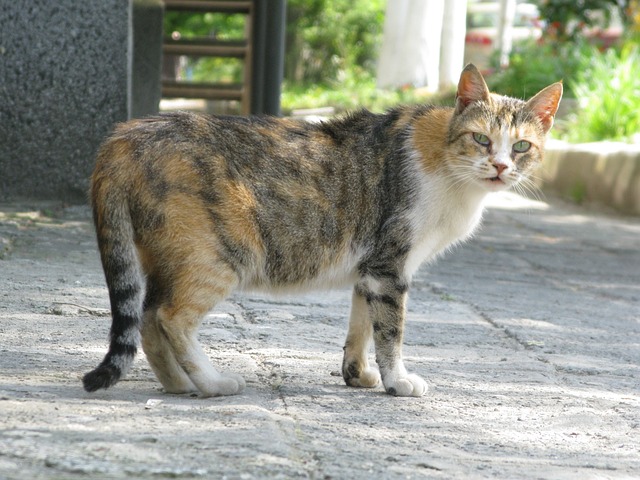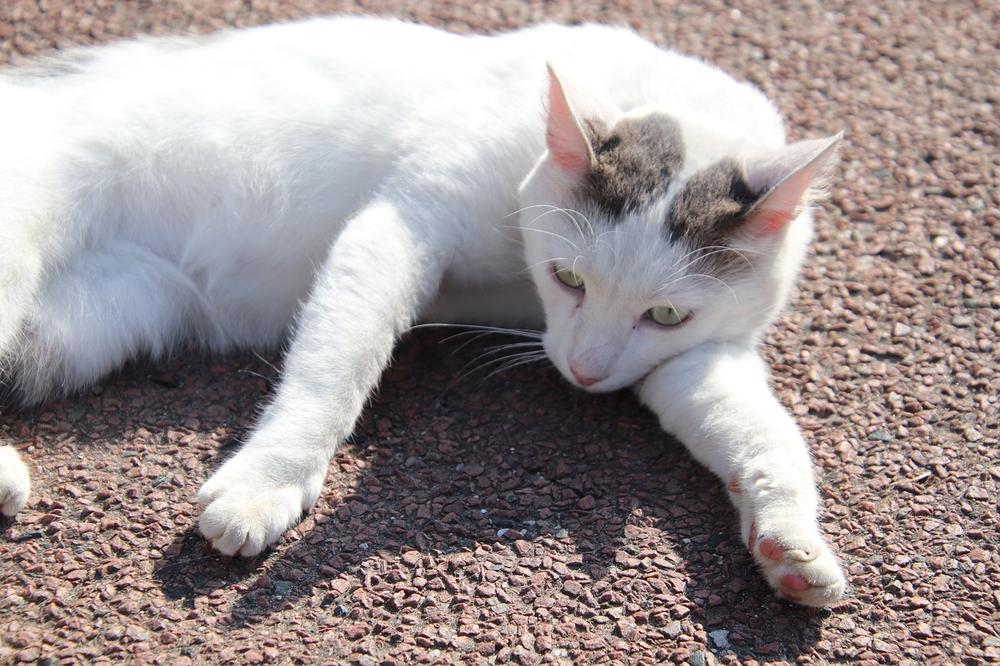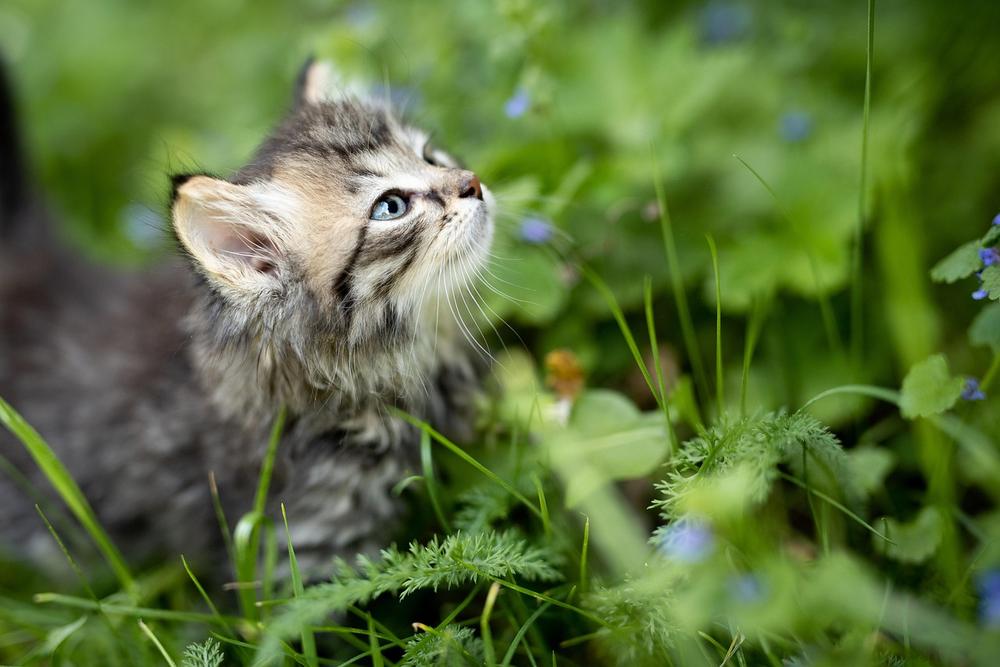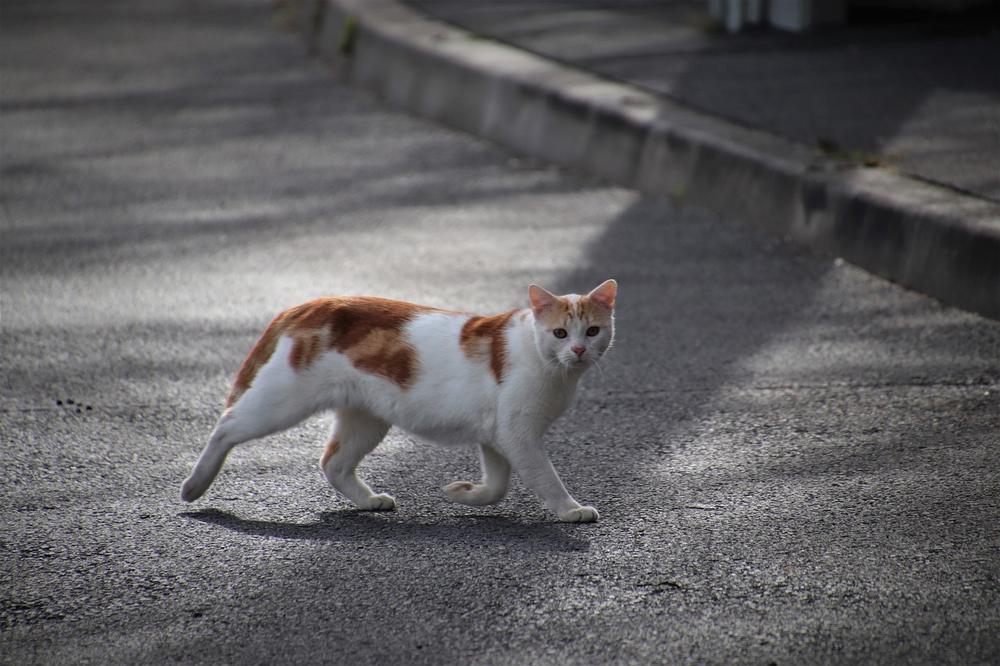Can a Cat Give Birth and STILL Be Pregnant? (Answered)

Is it possible for a cat to give birth and still be pregnant?
Have you ever wondered about this?
Thought, "Wait a minute, that can't be right!"
I understand, it sounds utterly perplexing. 😮
But hey, let's dive into this fascinating topic together and find out the truth.
Ready?
Let's begin.
Can Cats Give Birth Days Apart?
Cats can give birth with intervals of up to 36 hours between each kitten. In some cases, kittens can be born up to 48 hours apart. Seeking veterinary advice is recommended if the gap between births exceeds five hours to avoid potential complications.
Cats can indeed give birth days apart, and there are a few factors that can contribute to this.
Sometimes, cats give birth with intervals of up to 36 hours between each kitten popping out.
Normally though, kittens are born within a 24-hour period, but occasionally they can be up to 48 hours apart.
Now, if the gap between births exceeds five hours, it's best to seek veterinary advice.
You don't want any potential complications, right?
It's not uncommon for certain circumstances, like larger litters or difficult labor, to lead to cats giving birth to kittens a week apart. Yep, it can happen.
And get ready for this: rare cases have been documented where cats become pregnant shortly after giving birth, resulting in kittens being born weeks apart...from different fathers.

Sometimes, complications during labor or premature birth can also result in kittens being born two days apart.
It may sound strange, but hey, nature works in mysterious ways.
But wait, there's more. Female cats can become pregnant again shortly after having a litter, even while still nursing their kittens.
That's one busy cat, huh?
It's worth noting that they can re-enter their heat cycle just one week after giving birth, increasing the chances of getting pregnant again.
During the estrus cycle, street cats in heat may mate with multiple male cats for a stretch of seven to 21 days. So you see, reproduction is no joking matter for our feline friends.
To ensure a healthy delivery, be sure to monitor the behavior of your pregnant cat, provide a comfortable and secure birthing bed (every cat deserves a little luxury!), and keep the queen indoors in the last week before giving birth. Safety first, my friend!
Main points I'll expand upon further down this article:
- Observe the cat's behavior and watch for signs of complications.
- Consider taking the cat to the vet for an ultrasound to confirm pregnancy.
- Look for physical signs of impending labor, such as a distended abdomen and contractions.
- Ultrasounds or X-rays can determine if there are remaining kittens in the uterus.
- Monitor the mother cat closely during labor and delivery for any distress.
- Confine the cat during the final week of pregnancy to observe the labor process.
- Pay attention to signs of delay or obstruction during labor.
- Labor consists of three stages: relaxation of the cervix and vagina, stronger contractions, and passing the fetal membranes.
- Cats can have superfetation and give birth while still being pregnant.
- Seek veterinary help if there are signs of interrupted labor or complications.
Curious to know how to determine if a cat still has retained kittens in the uterus?
Pay close attention as we explore the signs of complications and methods for confirmation, ensuring a safe and healthy delivery.
Keep reading to discover the crucial steps in monitoring the labor process...
How Do You Tell if Cat Still Has Kittens Inside?
To determine if your cat still has retained kittens in her uterus, simply observe her behavior closely. Watch out for warning signs indicating potential complications, like a bulging abdomen or contractions.
You might also notice the vulva dilating, which is a clear indicator that labor is imminent.

For pregnancy confirmation and to check for any remaining kittens, taking your cat to the vet for an ultrasound or X-ray is advisable.
During the mother's labor and delivery, it’s crucial to monitor her carefully for distress. By observing the labor process in the final week of the pregnancy, you can detect any issues early, such as delays or obstructions.
The labor typically unfolds in three stages:
First, the cervix and vagina relax; second, stronger contractions follow; and finally, the fetal membranes are passed.
Decoding Feline Reproduction: Persistent Pregnancy Signs After One Kitten
You may have noticed that your cat has given birth to one adorable kitten, but she still appears pregnant.
What's happening here?
Can a cat give birth and still be pregnant?
Let's delve into the intriguing world of feline reproduction and explore the concept of persistent pregnancy signs after one kitten.
First off, let's understand the hormonal basis of this phenomenon.
Cats possess an extraordinary ability known as superfetation - the ability to give birth while still being pregnant.
This occurs when a female cat becomes pregnant with two separate litters at the same time.
How does this happen?
Well, it can occur if the cat has multiple mates or is bred frequently.
Talk about multitasking!
Even after giving birth, you might observe some lingering signs of pregnancy in your cat.
She may exhibit increased appetite or nesting behavior. You must note that during a cat's pregnancy, the developing kittens (known as foetuses) are spread out along each horn of the uterus.
Each of these little bundles of joy has its own individual membranes and placenta for nourishment.
It's like a mini neighborhood inside!
Now, let's touch upon an interesting point. The process of kittening, or giving birth to kittens, can lead to different temperaments among the offspring.
Some kittens may be independent right from day one, while others may rely more on their mother. It's nature's way of creating unique personalities.
It's worth mentioning that sometimes, a mother cat may reject a seemingly healthy kitten. In such situations, hand-rearing, fostering, or even euthanasia should be considered in order to ensure the well-being of all involved. Though heartbreaking, you must prioritize the safety and care of the animals.
During the estrus cycle - the period when female cats become ready for mating - an essential event takes place.
A special type of estrogen called estradiol is produced. This hormonal change sets the stage for reproductive magic, allowing a female cat to release eggs after mating or sexual contact.
But what happens if a mother cat experiences maternal fatigue and physical exhaustion during labor?
Let me tell you about interrupted labor in cats and the potential complications that may arise:
Causes of Interrupted Labor in Cats
I want to fill you in on something important - cats can experience interrupted labor for many different reasons.
Just picture it:
A tired mama cat taking a breather during the birthing process.
Believe it or not, it's actually a normal thing for a cat to give birth to some kittens and then take a break before delivering the rest of the litter.
But get this - you might even witness a mother cat still being pregnant after she has already given birth to one or more kittens.
I know, it seems odd, but trust me, it happens!
This pause can last up to 24 or even 36 hours. Yeah, pretty long, I know.
So if you find yourself in this situation with your cat, don't freak out just yet.
Here's something interesting - cats have this knack for mating multiple times before completing ovulation.
That's why you have to get them sterilized early on to prevent unexpected pregnancies.
You definitely don't want to deal with interrupted labor, right?
If you do happen to notice interrupted labor in your furry friend, seek veterinary help without hesitation.
Especially if you see little kittens hanging visibly from her vulva. Yeah, it sounds gruesome, but you need to be aware of it.
Complications during the birthing process are pretty common, like kittens getting stuck in the birth canal or facing difficulties due to improper positioning.
And hey, bear in mind that certain cat breeds with unusual body shapes have a higher risk of difficult births.
So breeders should always be prepared for potential complications.
Speaking of complications, there are other things that can go wrong, like retained fetal membranes, inflamed uterus, swollen mammary glands, and milk fever.
Interrupted labor can stem from various factors such as stress, illness, maternal problems, fetal issues, infection, or poor nutrition.
The most common reason for difficult birth, known as dystocia in cats, is when the uterine muscle is weak or there are obstacles in the birth canal.
So, stay vigilant and be on the lookout for any signs of interrupted labor in your cat.
And if you find yourself wondering why your pregnant cat is losing hair, I have the answer for you.
In my useful blog post, I delve into the reasons behind this phenomenon in detail.
So don't wait any longer, check out Why Is My Pregnant Cat Losing Hair for all the information you need.
How Long Are Cats Pregnant For?
The gestation period for cats is typically around two months, although it can vary slightly depending on the breed. You need to provide proper nutrition and a warm environment for the kittens, as they are unable to regulate their body temperature during the first few weeks.
A cat can be pregnant for approximately two months, give or take a few days. However, please bear in mind that different cat breeds may have slightly shorter or longer pregnancy durations.
When your cat is pregnant, you need to pay attention to her nutritional needs.
She requires a special diet designed for pregnant cats or kittens.
Here's an interesting fact: both male and female kittens can reach sexual maturity as early as 4 to 6 months of age.

If you do not intend to breed your cat, it is highly recommended to have her spayed after the kittens are weaned.
Now, let's talk about temperature.
Newborn kittens are unable to regulate their body temperature during the first few weeks, so they need a warm environment.
Maintain a temperature of around 85-90°F (29.4-32.2°C) to ensure the comfort and coziness of these adorable tiny furballs.
Remember to prioritize your cat's nutrition during her pregnancy, provide a warm space for her kittens, and consider the average gestation period.
However, keep in mind that every cat is unique, so there may be some variations in timing when it comes to the arrival of those precious little bundles of joy.
And that wraps up today's article.
If you wish to read more of my useful articles, I recommend you check out some of these: Why Is My Pregnant Cat Not Eating, What to Expect After Deworming a Cat, My Cat Is Not Eating Force Feeding Your Cat, Should I Shave My Cat in Summer, and Cat Without Whiskers
Talk soon,
-Sarah Davis